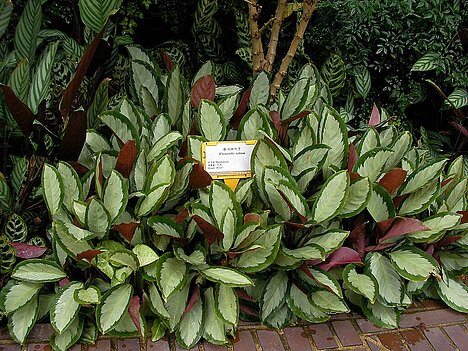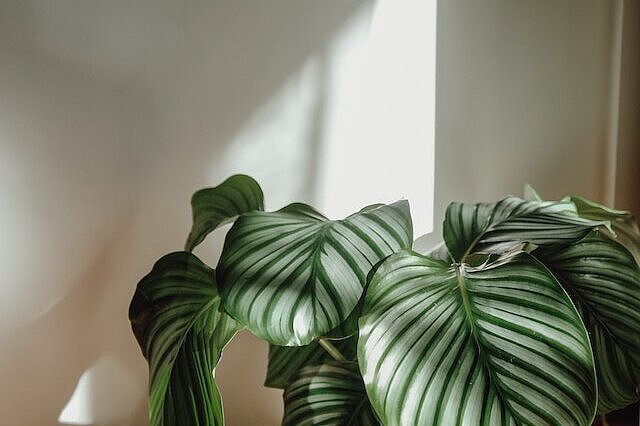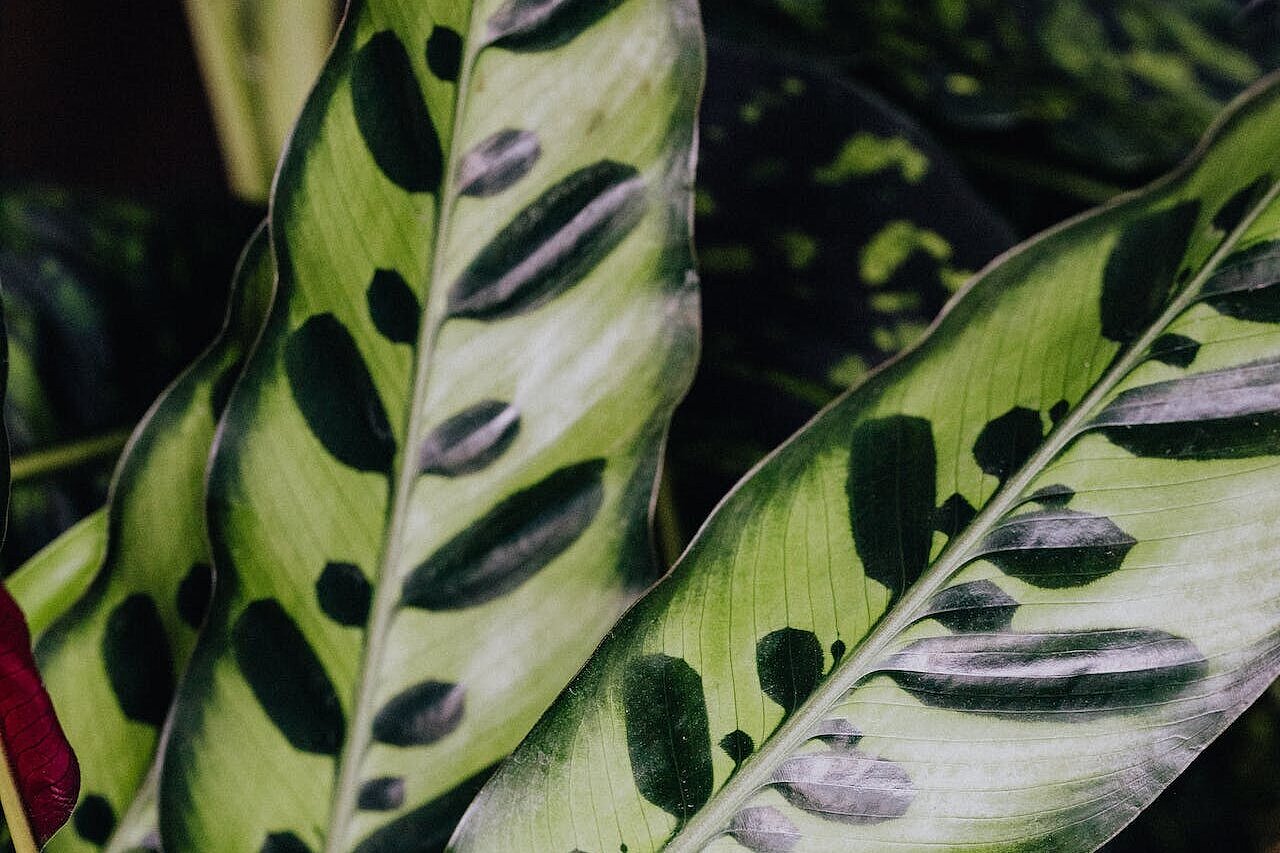Calathea picturata

What is Calathea picturata?
Calathea picturata is a plant species from the genus Calathea, which belongs to the Marantaceae family. This plant family comprises several hundred species, all of which are native to the tropical regions of Central and South America. Calathea picturata originates from northwest Brazil and grows in the humid forests there.
Calathea picturata is characterized by its striking leaves, which are dark green and have a purple-red underside. The leaf veins and the central stripe are silver in color and give the plant a unique pattern. The leaves are ovate, round or elliptical, glossy and long-stalked. The plant can grow up to 60 cm tall.
Calathea picturata is a so-called ornamental foliage plant that is valued above all for its foliage. It rarely flowers, but when it does, it produces small white flowers arranged in spikes. However, the flowers are not very showy and contrast with the colorful foliage.
How to care for Calathea picturata?
Calathea picturata is a demanding houseplant that needs some special conditions to stay healthy and happy. Here are some tips on how to care for your Calathea picturata properly:
- Location: the Calathea picturata likes it bright, but not directly sunny. A spot by a window facing east or west is ideal. Avoid locations that are too dark, as this will cause the leaf markings to fade.
- Temperature: Calathea picturata prefers warm temperatures between 18 and 25 °C. Avoid draughts and strong temperature fluctuations.
- Watering: Calathea picturata needs even soil moisture, but not waterlogging. Water the plant regularly with soft water, but allow the top layer of soil to dry slightly between waterings. Avoid too much or too little water, as this can lead to root rot or leaf tips.
- Humidity: Calathea picturata likes a high humidity of at least 60%. Spray the plant daily with soft water or place it on a bed of gravel filled with water. You can also use a humidifier or place the plant in a bathroom. Avoid dry air, as this can lead to brown leaf edges.
- Fertilize: Calathea picturata needs regular nutrients to maintain its beautiful foliage. Fertilize the plant every two weeks with a liquid green plant fertilizer from spring to autumn. In winter, you can reduce or stop fertilizing altogether.
- Repotting: Calathea picturata grows quickly and needs a larger pot every two to three years. Repot the plant in spring when the roots protrude from the pot. Use a loose, humus-rich and well-drained substrate, for example a special potting soil for indoor plants.
- Pruning: Calathea picturata does not need regular pruning, but you can remove dead or damaged leaves to keep the plant healthy. Cut the leaves with clean and sharp scissors, as close to the stem as possible.
- Propagation: The easiest way to propagate Calathea picturata is by division. When repotting, divide the plant into several pieces, each with at least one shoot and a few roots. Plant the divisions in separate pots with fresh substrate and water them well. Keep the humidity high and place the pots in a warm and bright place.
Why is Calathea picturata harmless to dogs?
Calathea picturata is a dog-friendly houseplant that poses no danger to your four-legged friend. The plant does not contain any toxic substances that could lead to symptoms of poisoning if eaten. On the contrary, the plant even contains substances that have been used to neutralize arrow poison.
However, this does not mean that you should let your dog nibble on the plant. On the one hand, chewing on the plant can lead to mechanical injuries in the mouth or gastrointestinal complaints. On the other hand, chewing on the plant can also affect the beauty of the plant and lead to holes or tears in the leaves. You should therefore place your Calathea picturata out of your dog's reach or prevent him from gnawing on the plant.
Calathea picturata is a beautiful houseplant that enriches your home with its exotic appearance and is also safe for your dog. However, the plant is demanding to care for and requires some special conditions to stay healthy and happy. If you follow these tips, you can enjoy your Calathea picturata for a long time.
Properties 2
Are you looking for other ingredients with a specific property?
Just click on them to find more.
If you notice any signs of hypersensitivity or poisoning in your dog, you should see your vet immediately. We are not a substitute for a vet, but we try to be as accurate as possible. Every dog reacts differently and we recommend you get a second opinion or consult your vet if in doubt.
Stay healthy and take good care of your four-legged friend!😊
Similar to Calathea picturata
Calathea Orbifolia is a species of the genus Calathea, which belongs to the arrowroot family (Marantaceae)1. It originates from the tropical forests of South America and has striking, round to oval...
The Calathea Medaillon is a houseplant from the Marantaceae family, which is native to the humid forests of South America. It is one of the so-called ornamental foliage plants, which are...
Calathea lancifolia belongs to the Marantaceae family, which is known for its diverse and decorative leaf patterns. The plant is characterized by its long, lancet-shaped leaves, which have unique...
Calathea makoyana belongs to the Marantaceae family and originates from the tropical regions of Brazil. It is characterized by its unique, decorative leaves, which have a striking pattern of light...



